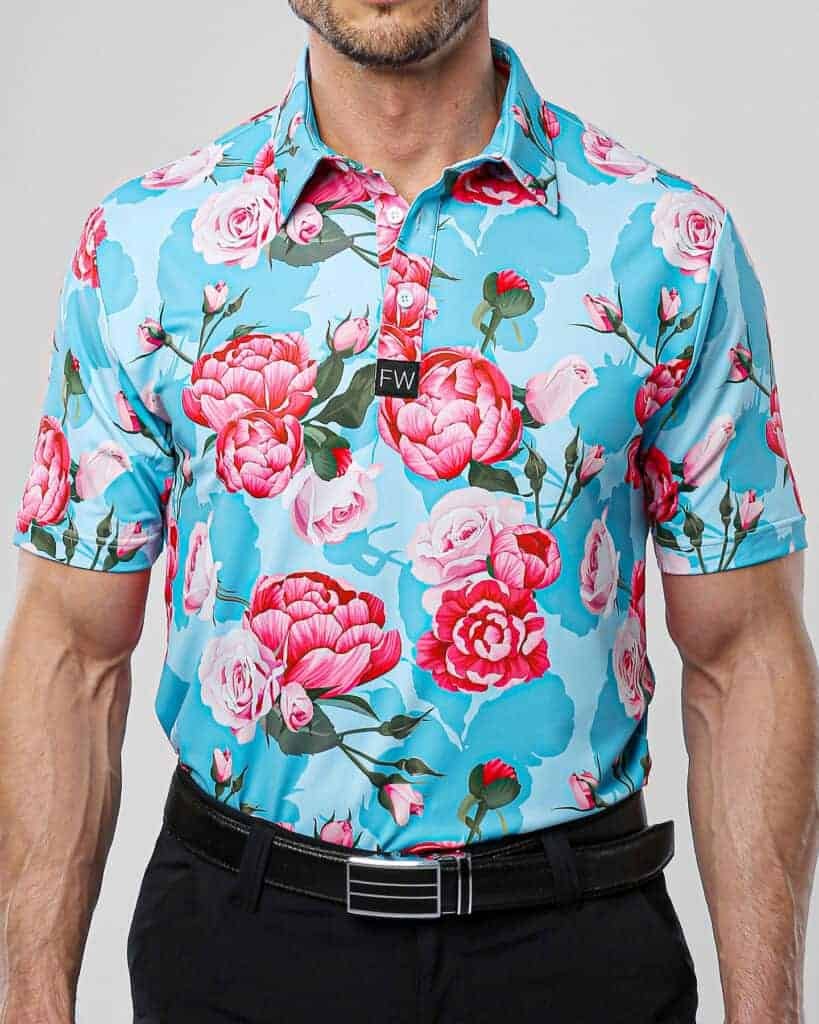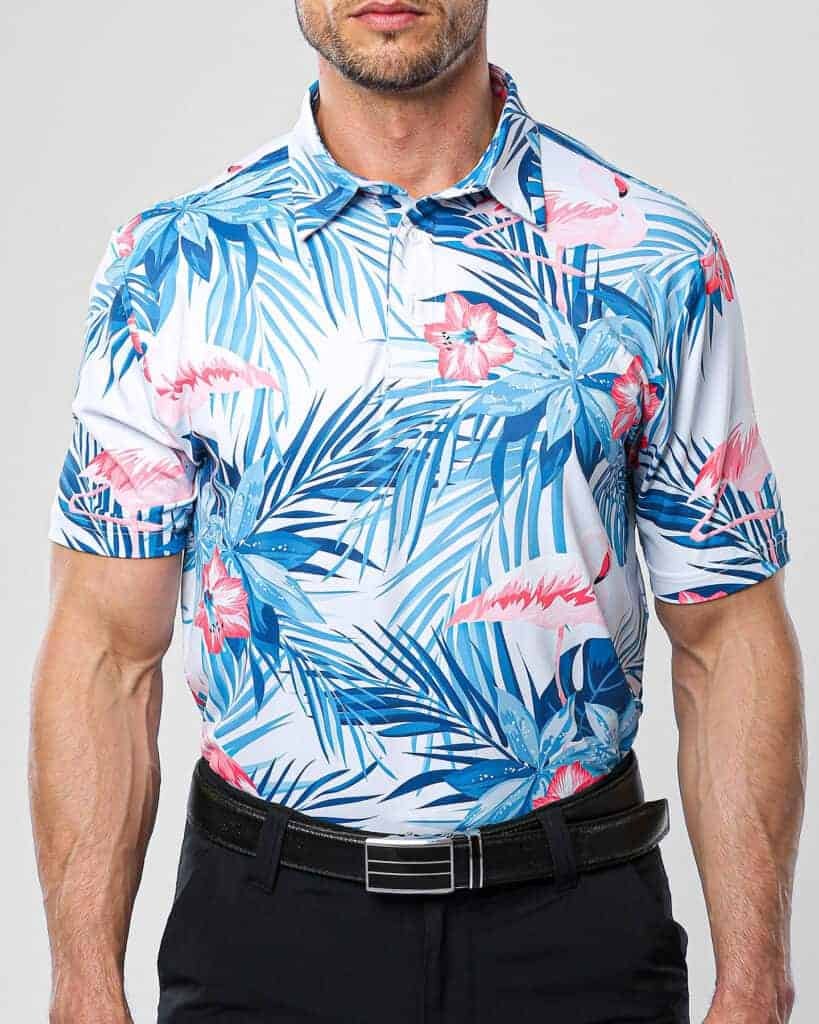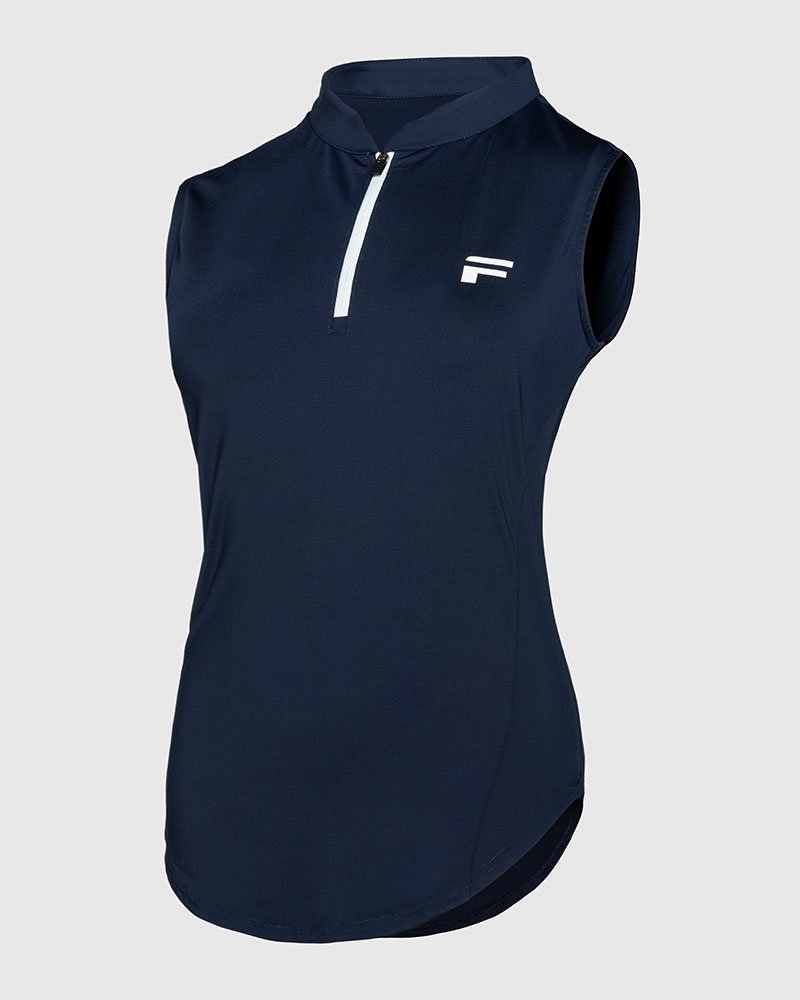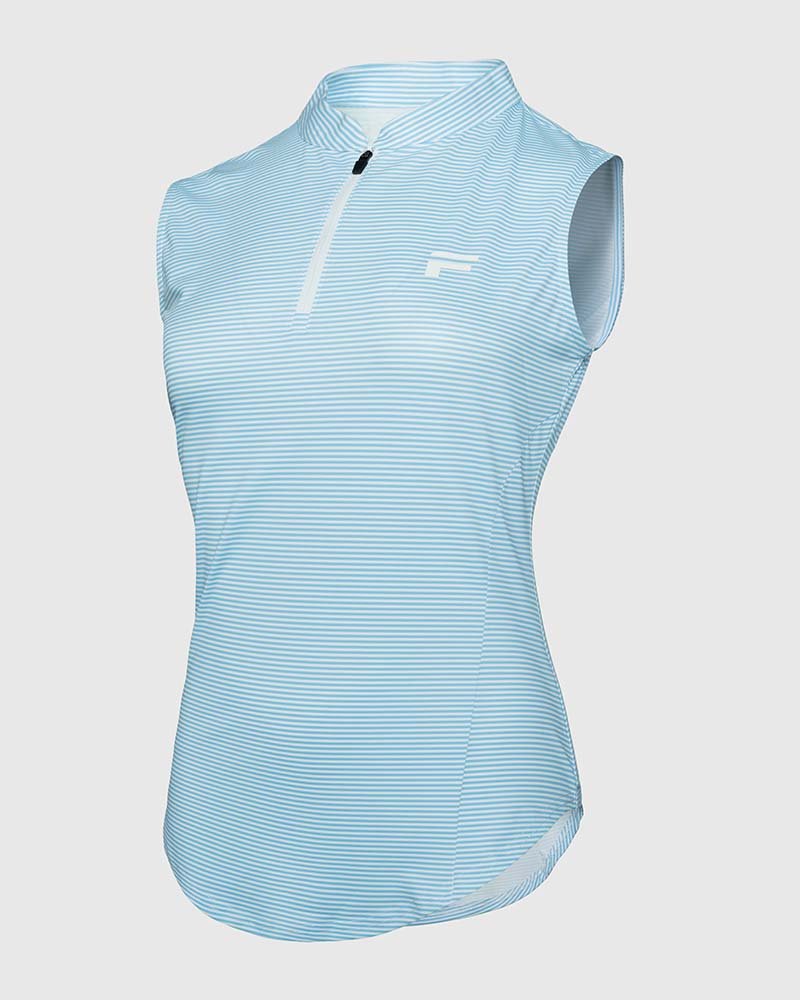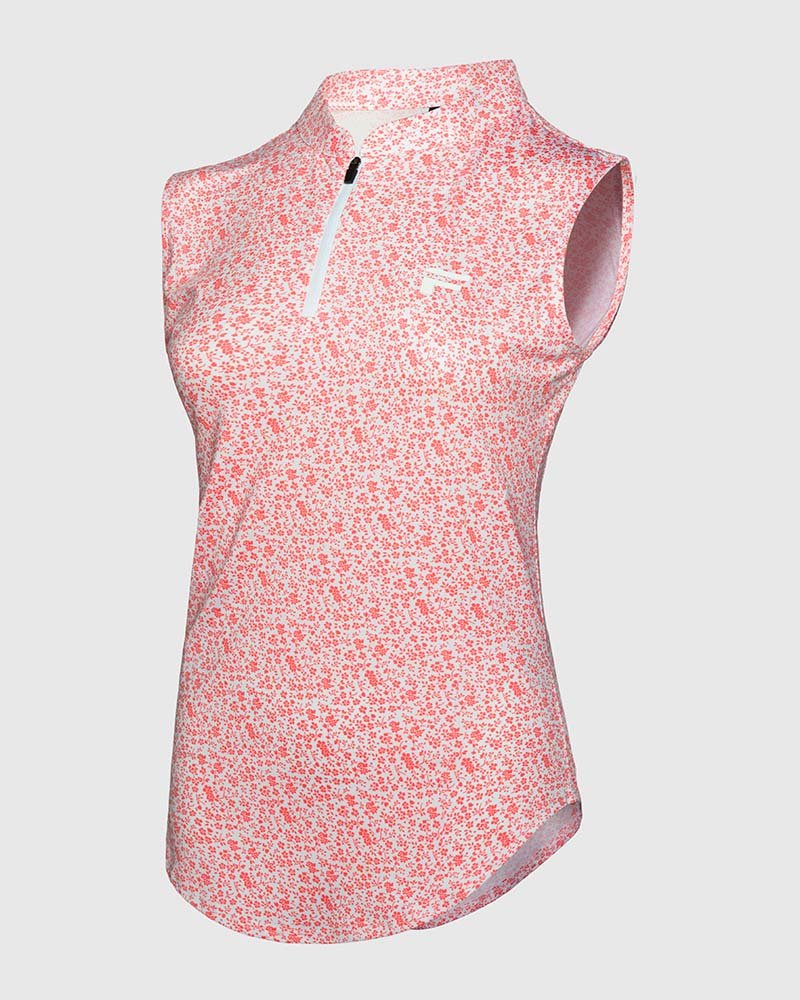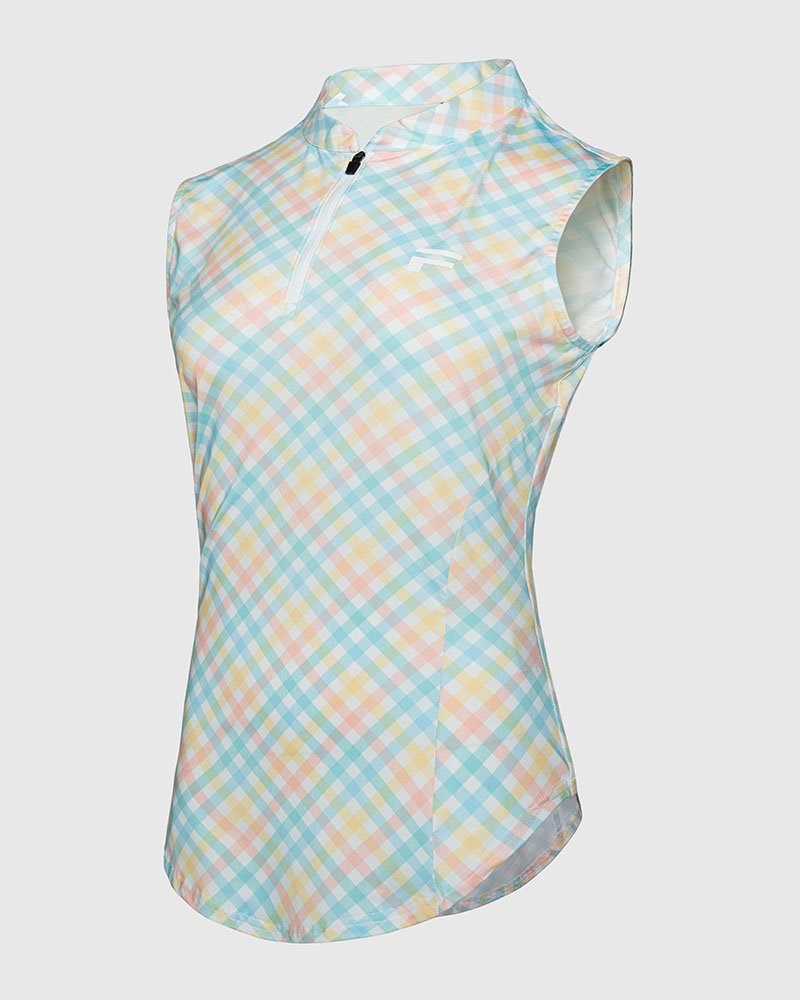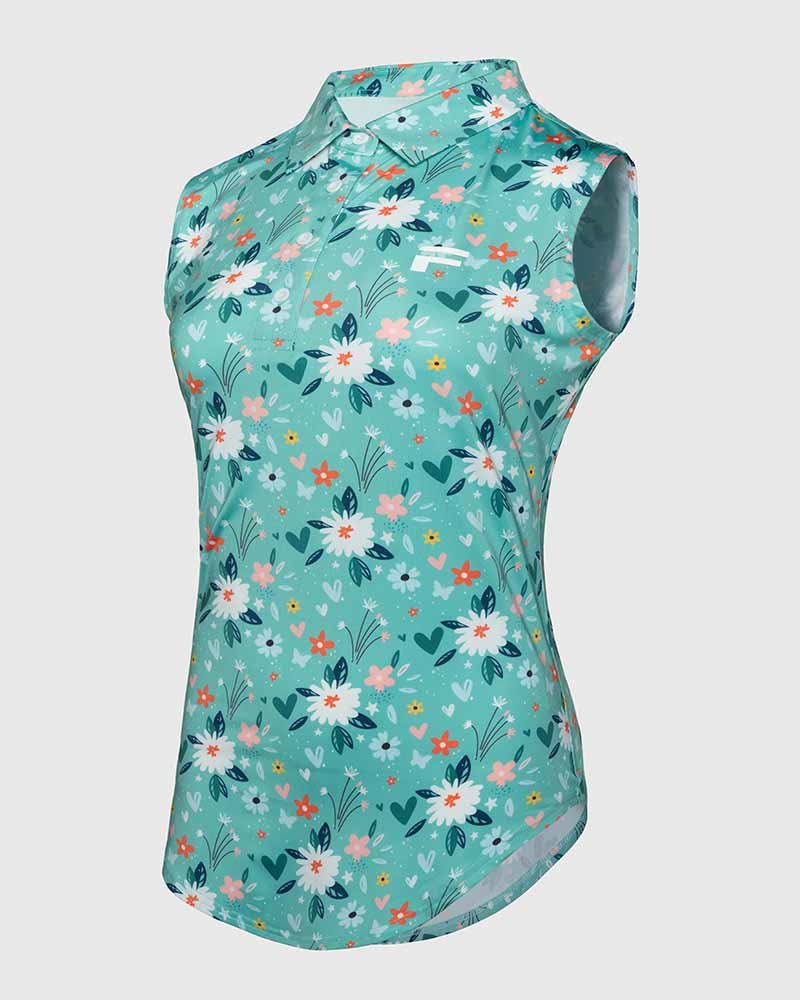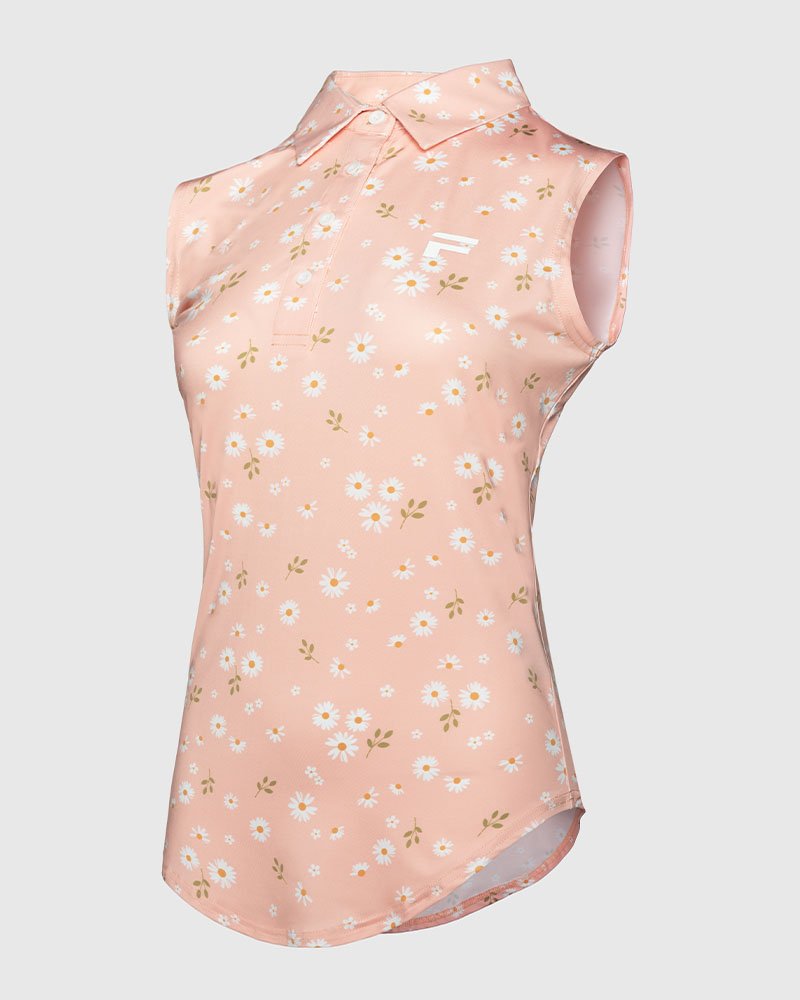Struggling to design kids' golf wear that isn't just shrunken adult clothing? It is tough to balance function with fun. I can show you how to create apparel kids get excited about.
The key is to prioritize comfort, bright colors, and durability. You should use stretchy, breathable fabrics and incorporate playful patterns. Also, make sure the fit is non-restrictive so kids can move easily and play their best on the course.

I have spent years building FUWAY from my early days in a textile factory. I've helped countless brands launch their lines. Many people who want to create a youth golf collection make the same mistake. They forget that kids are the real customers, not just smaller adults. Designs for them must be fundamentally different. It all begins with the materials you choose and a deep understanding of what makes clothing fun and comfortable for a child. Let's walk through how to get it right.
What Are the Best Fabrics for Youth Golf Apparel?
Worried about kids complaining their golf clothes are itchy or hot? The wrong fabric can easily ruin a day on the course. I'll help you choose materials that ensure comfort.
Choose lightweight, moisture-wicking blends like polyester and spandex. These fabrics offer great durability, four-way stretch for easy movement, and UPF sun protection. They are also simple for parents to wash and maintain, which is a major benefit.
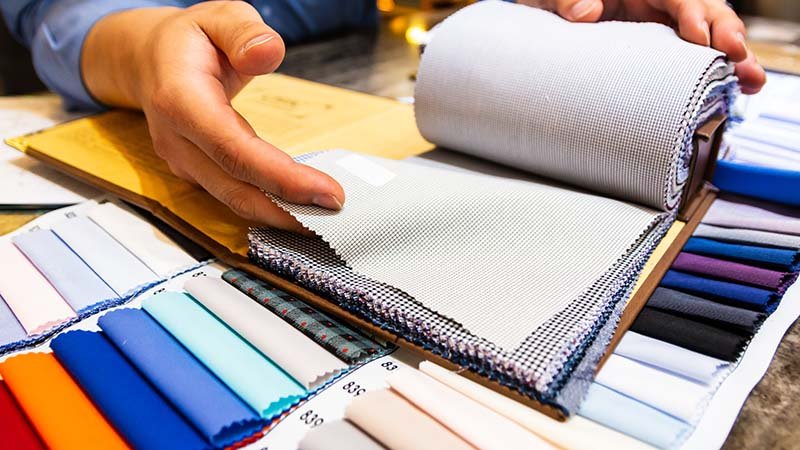
When I work with new brands, the first thing we discuss for a youth line is the fabric. It’s more important than anything else. Kids are active and sensitive. Their comfort is not negotiable. You cannot just pick a standard fabric and hope for the best. You need materials that work hard.
Prioritizing Performance
Performance means the fabric helps the young golfer stay comfortable. The biggest factor here is moisture management. Kids sweat, so you need a fabric that pulls that moisture away from their skin. This is called wicking. High-quality polyester is excellent for this. But not all polyester is the same. I've seen brands use cheap versions that feel пластиicky and don't breathe well. This leads to bad reviews. For FUWAY, we source soft, breathable polyesters. Adding spandex to the blend introduces stretch. This four-way stretch allows for a full range of motion in a golf swing, which is critical.
Durability and Care
Kids are tough on their clothes. They will slide, fall, and spill. The fabric must be durable enough to handle this. It also has to withstand frequent washing without losing its shape or color. This is where polyester blends really shine. They hold color well and resist shrinking or stretching out. Parents will thank you for making clothes that are easy to care for.
| Fabric Type | Best For Kids? | Key Benefits | Drawbacks for Golf |
|---|---|---|---|
| Polyester/Spandex Blend | Yes | Moisture-wicking, durable, 4-way stretch, UPF protection. | Quality varies; can feel synthetic if low-grade. |
| 100% Cotton | No | Soft, breathable (when dry), natural feel. | Absorbs sweat, becomes heavy, slow to dry. |
| Nylon/Spandex Blend | Good | Very durable, lightweight, great stretch. | Can be more expensive, less soft than polyester. |
How Do You Make Kids' Golf Apparel Designs Fun and Functional?
Are your youth designs feeling a bit boring or impractical? Kids will not wear clothes that restrict them or look stuffy. Let's make your collection a favorite for young golfers.
Combine playful graphics, bold colors, and modern prints with practical features. Think about easy-to-use zippers, tagless labels for comfort, and flexible waistbands. The goal is to make the apparel feel like fun sportswear, not a stiff uniform.
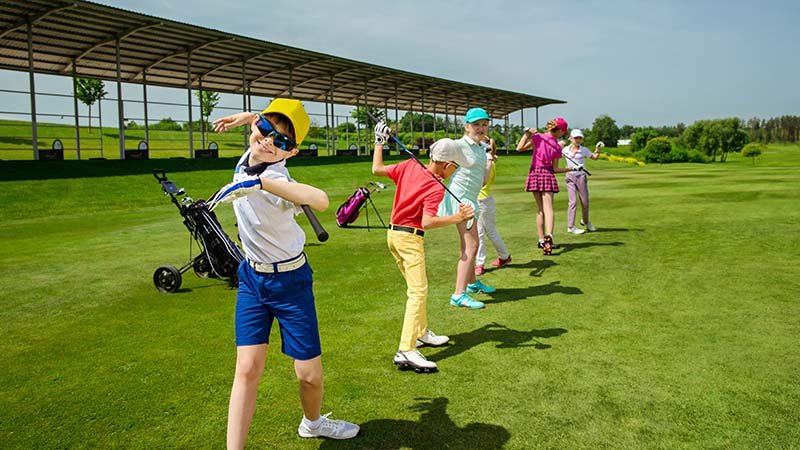
Once you have the right fabric, you can focus on the design. This is where you can win over both kids and parents. My experience has shown that success comes from balancing a cool look with smart, kid-friendly features. A few years ago, a client of mine insisted on using traditional pearl buttons on their polos for five-year-olds. The feedback was terrible. Parents said their kids couldn't button them on their own. We switched to color-matched snaps on the next production run, and sales immediately improved. Little details make a huge difference.
Injecting Personality with Color and Prints
Kids are drawn to color. Don't be afraid to use bright and bold palettes. You can still look like a golf brand without sticking to navy and white. Think about energetic greens, oranges, and blues. Custom prints are also a fantastic way to stand out. You could create a unique pattern with golf balls, tees, or even cartoonish animals on a golf course. This makes the apparel feel special and fun, turning a simple polo into a piece the child is excited to wear.
Focusing on a Kid-Friendly Fit and Features
Functionality goes beyond the fabric. It extends to the construction of the garment. The fit should be athletic but not tight.
| Functional Feature | Benefit for Kids | Why It Matters |
|---|---|---|
| Tagless Labels | No itchiness or scratching. | Improves comfort so kids don't get distracted. |
| Raglan Sleeves | Allows for a full range of motion. | Essential for an unrestricted golf swing. |
| Elastic or Adjustable Waistbands | Easy to pull on; accommodates growth. | Promotes independence and extends the life of the clothes. |
| Snap Buttons or Quarter-Zips | Easier to fasten than small buttons. | Reduces frustration for both kids and parents. |
What Are the Key Sizing and Safety Considerations for Youth Golf Wear?
Confused by youth sizing charts and safety standards? Getting it wrong can lead to high return rates and unhappy customers. I will guide you through making safe, well-fitting apparel for children.
Use standard youth sizing, but design with some room for growth, like slightly longer sleeves. Always use tagless labels and flatlock seams to prevent chafing. Also, UPF protection in the fabric is a very important safety feature.
Sizing and safety are the final, critical pieces of the puzzle. This area is technical, and mistakes can be costly. When manufacturing for brands that sell in the United States, I always guide them on compliance with regulations like the Consumer Product Safety Improvement Act (CPSIA). These are not just suggestions; they are laws designed to keep children safe. Forgetting something as simple as a rule against drawstrings in hoods on outerwear can get an entire shipment stopped at customs. It's my job to make sure that never happens to my clients.
Getting the Sizing Right for Growth
Youth sizing can be tricky because kids grow so fast. You want the clothes to fit well now, but you also want parents to feel they got good value. I advise designing with growth in mind. This means not making the fit too slim. Use adjustable features like elastic waistbands on shorts or skorts. A slightly longer hem or sleeve can also provide extra room to grow into. It is a good idea to create your own detailed size chart based on body measurements, not just age, and make it very clear on your website.
Non-Negotiable Safety Features
Safety in kids' clothing is about removing potential hazards. This is something we take very seriously at FUWAY. Here is a checklist to keep in mind.
| Safety Area | Actionable Tip | Why It's a Rule |
|---|---|---|
| Attachments | Avoid small, decorative parts that could detach. Use snaps instead of buttons where possible. | Choking hazard for young children. |
| Drawstrings | Do not use drawstrings around the hood or neck on tops for any age. | Entanglement and strangulation risk. |
| Seams | Use flatlock seams, especially in high-friction areas like under the arms. | Prevents chafing and skin irritation. |
| Sun Protection | Choose fabrics with a UPF 30+ or 50+ rating. | Protects sensitive skin from harmful UV rays. |
Frequently Asked Questions (FAQ)
What is a realistic Minimum Order Quantity (MOQ) for a new youth golf apparel line?
For a new brand, finding a low MOQ is key. While it varies, many manufacturers might ask for 500-1000 pieces per style. However, I know how important it is to start small. Here at FUWAY, we work with new brands to find a flexible starting point, often as low as 100-200 pieces per design, depending on the complexity. The goal is to help you get started without needing a huge investment.
Can I add my own custom logos and prints to the apparel?
Absolutely. This is what brings your brand to life. You can add logos using high-quality embroidery or heat transfer. For unique patterns, we can use dye-sublimation. This process prints the ink directly into the fabric, so it creates incredibly vibrant, all-over designs that won’t fade, crack, or add any weight. You just need to provide your design files, and we can create samples for your approval.
What is the typical timeline from design to delivery?
A good estimate for the entire process is about 8-12 weeks. This can be broken down into a few key stages. First is design and sample creation, which takes about 2-3 weeks. After you approve the sample, bulk production takes around 4-6 weeks. Finally, shipping can take another 2-4 weeks, depending on your location and chosen shipping method (air or sea). A good manufacturing partner will keep you updated at every step.
What factors have the biggest impact on the cost of custom kids' golf apparel?
The final price per item depends on a few things. The main factors are the quality of the fabric you choose, the total order quantity (more pieces usually means a lower price per piece), and the complexity of your design. For example, a polo with a custom all-over sublimated print and embroidered logos will cost more than a solid-color polo with just one logo. We can always work through these options to fit your budget.
Conclusion
Designing great kids' golf apparel means focusing on fun, comfortable fabrics, and smart, safe features. By remembering you're designing for kids first, your brand can truly stand out.



